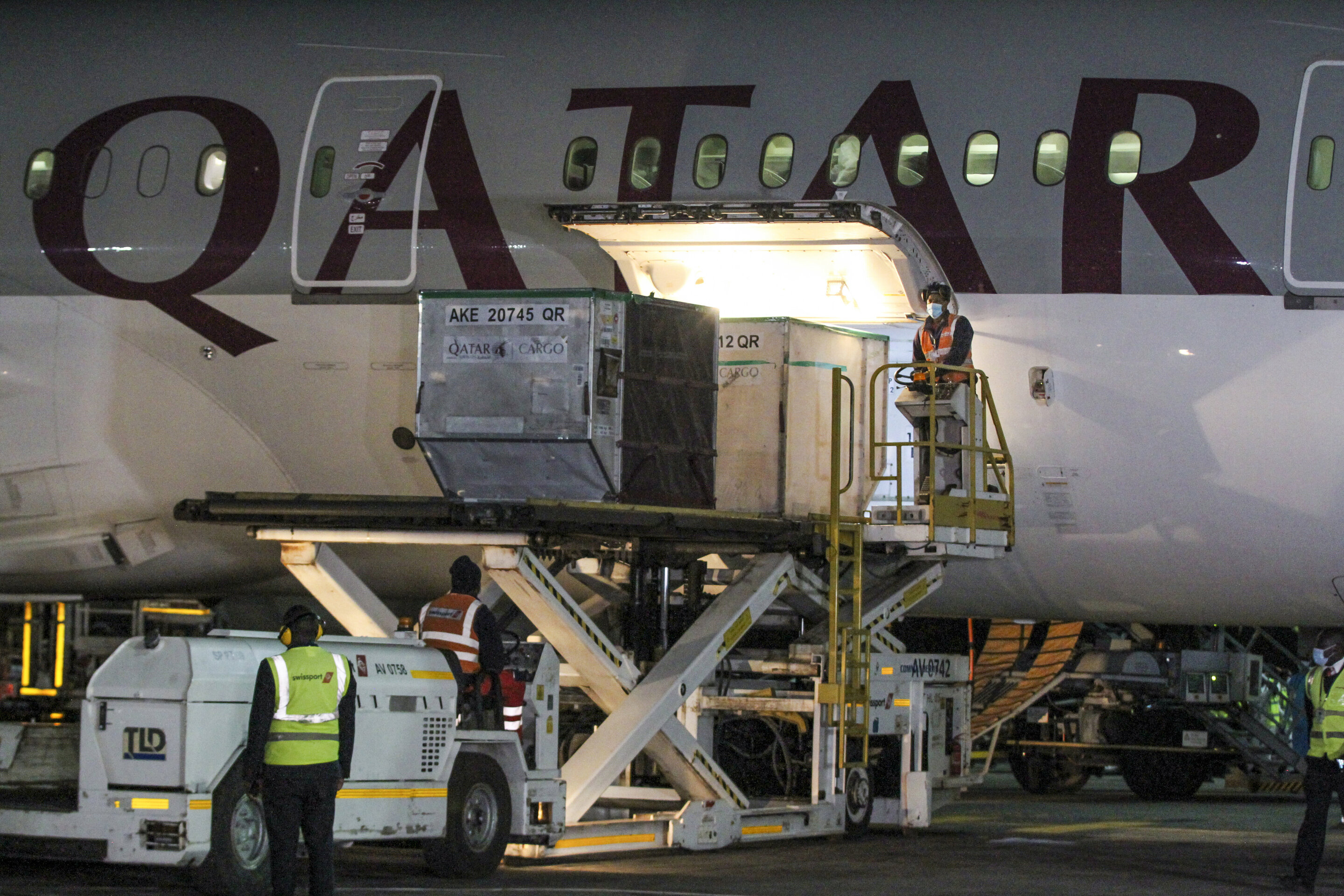#Gary Carter’s forgotten heroics show just how much he meant to Mets

“#Gary Carter’s forgotten heroics show just how much he meant to Mets”
Here’s a tougher one: Who was the winning pitcher in Carter’s most prodigious display of power as a Met?
Both questions feature the same answer: Rick Aguilera. Thirty-five years ago Thursday — September 3, 1985 — Aguilera watched his battery mate launch three home runs and tally six RBIs in an 8-3 Mets victory over the Padres at Jack Murphy Stadium.
It speaks to the Hall of Famer Carter’s greatness that his three-homer game might not rank among even in his top five moments in a Mets uniform; Aguilera acknowledged in a telephone interview last week that he didn’t remember the offensive prowess that Carter displayed that night. Yet that game in many ways underlined the rousing success that was Carter’s first season as a Met, and it forecast what was to come the subsequent year.
In all, Carter’s widow Sandy said last week in a telephone interview, “Those five years (with the Mets), it was phenomenal.”
It was, Sandy Carter recalled, quite unexpected — “a shock,” as she put it. Gary Carter was signed through 1989 with the Expos, one of the faces of their star-studded franchise, and had put up a characteristically terrific 1984 campaign. The Carter family had just built a house on the St. Lawrence River and their son D.J. had been born after the season ended.
Submit your Mets questions here to be answered in an upcoming Post mailbag
With the Carter family at its winter home in West Palm Beach, Gary received a call from Expos owner Charles Bronfman, who was in nearby Palm Beach and wanted to meet with his catcher. Sandy recalled the conversation upon Gary’s return home:
“He said, ‘They want to trade me.’ I said, ‘What? Here we are with a new baby and a new built home!’” The Mets, Bronfman informed Carter, were very interested in acquiring him, although they needed his consent to complete the trade.
Carter, a lifelong Expo, was shaken up. Sandy told him, ‘“Let’s concentrate on the team that really wants you.’ He gets out the Mets’ roster, he looks at all the players, he goes, ‘They have got an incredible team.’ He was getting excited.”
With the approval of the trade came “a wonderful whirlwind,” Sandy said: A jam-packed news conference unlike anything Gary had experienced in Montreal. The search for another new home, with the help of Mets CEO Fred Wilpon; they settled on a place in Oyster Bay Cove. And before we knew it, it was Carter’s Mets debut, Opening Day, which he capped with a walkoff homer off former Met Neil Allen of the Cardinals.
Yes, Carter thrived when it counted. His three-homer night in San Diego contributed to the 1.051 OPS, with 13 homers, that he posted in that season’s final month as the Mets tried valiantly (and failed) to catch up to the Cardinals atop the National League East. Hence it proved no surprise when he delivered so many clutch hits, including the Game 6 single off Calvin Shiraldi in ‘86, to help the Mets capture their second title.
The three-homer game was well-timed beyond the date on the calendar. Gary and Sandy grew up and met in California, so they had multiple family members at the ballpark that night. As did Aguilera, the rookie who grew up in the Los Angeles area and was pitching in Southern California for the first time as a big leaguer.
Aguilera posted a 10-7 record and 3.24 in ‘85, and he credits his catcher for a healthy portion of that success, saying, “It’s one of those things where, as a young kid, you get the nerves of getting called up. You’re trying to find your way in the big leagues. I had the blessing of throwing to a future Hall of Famer. It made it that much easier.
“If I sometimes was in my head between a pitch or two, if Gary was to put one of those two numbers down, I was like, ‘OK.’ It made a young pitcher’s job much easier to have.”
Carter, Mets vice president of alumni public relations Jay Horwitz said, “was analytics before analytics,” the way he kept information on every opposing hitter. He won the Roberto Clemente Award in 1989 for his work with leukemia, which claimed his mother at a young age. And when Carter himself received a cancer diagnosis in 2011, glioblastoma, he maintained his robust positivity that made fans love him and checked in regularly on Horwitz after he broke his ankle. Horwitz and Mets COO Jeff Wilpon visited Carter in January 2012, about a month before his passing, and Carter maintained that he would prevail in his battle. He was a fighter until the very end.
More than eight years after he left us, Carter remains a legendary figure in Mets and baseball lore. It’ll never be a bad time to pay tribute to him. Happy anniversary to a relatively hidden gem in Carter’s phenomenal time with the Mets.
(Even more hidden? He hit two more homers the next night to help the Mets win again!)
— This week’s Pop Quiz question came from Chris Gannon of Scotch Plains, NJ: The 1973 film “Bang the Drum Slowly” incorporates real game footage of a legendary Yankee whose number is retired. Name the Yankee.
— Beloved 1969 Met Art Shamsky has launched a podcast in which he chats with guests like Bob Costas, Al Roker and Howie Rose. It’s a relaxing, informative listen.
— Your Pop Quiz answer is Thurman Munson. If you have a tidbit that connects baseball to popular culture, please send it to me at [email protected].
If you want to read more Sports News articles, you can visit our General category.
if you want to watch Movies or Tv Shows go to Dizi.BuradaBiliyorum.Com for forums sites go to Forum.BuradaBiliyorum.Com




